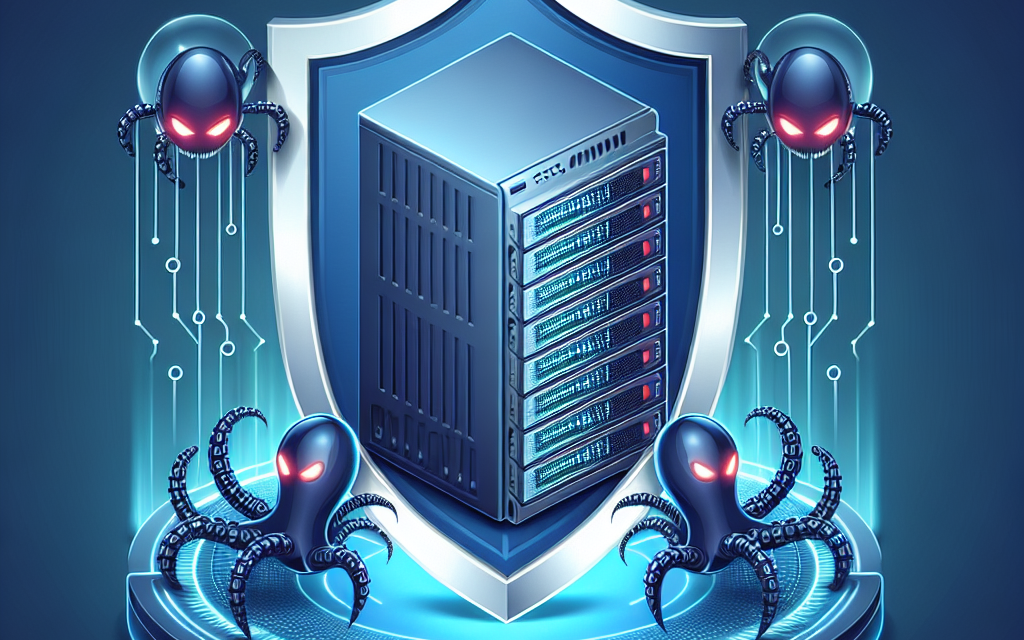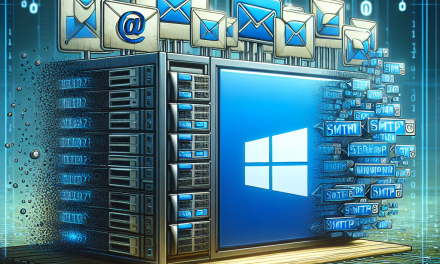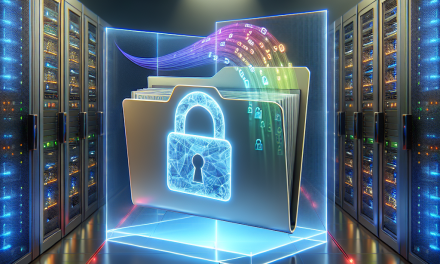In today’s digital landscape, maintaining the security of your Windows Server is more critical than ever. With the increasing sophistication of malware attacks, organizations must implement robust security measures to protect their systems. In this article, we will explore best practices for securing Windows Server against malware attacks and safeguarding sensitive data.
1. Regularly Update Your Server
Keep Windows Server Updated
Regularly installing updates and patches is essential for protecting your server against known vulnerabilities. Enable automatic updates whenever possible, and periodically check for updates manually to ensure no critical patches are missed.
Update Installed Applications
Third-party applications can also be a vector for malware. Ensure that all installed software, including web browsers and plug-ins, is up-to-date with the latest security patches.
2. Implement Robust Antivirus Solutions
Deploy Enterprise Antivirus Software
Invest in robust enterprise-level antivirus solutions that provide real-time protection against malware threats. Look for software that incorporates heuristics and behavioral analysis for proactive detection.
Regularly Update Virus Definitions
Ensure that your antivirus software is regularly updated with the latest virus definitions to recognize the most recent malware threats.
3. Enable Windows Firewall
Configure Windows Firewall Settings
Use the built-in Windows Firewall to block unauthorized access to your server. Configure inbound and outbound rules based on the principle of least privilege, allowing only necessary traffic.
Consider Additional Security Layers
In addition to the Windows Firewall, consider implementing a network-based firewall to further protect your server from external threats.
4. Use Security Features of Windows Server
Enable Windows Defender Exploit Guard
Windows Defender Exploit Guard provides an additional layer of protection against malware by mitigating common attack vectors. Enable and configure this feature to help protect against ransomware and other types of malware.
Enable User Account Control (UAC)
User Account Control minimizes the potential impact of malware by prompting for higher privilege elevation. Always ensure UAC is enabled on your server.
5. Restrict User Privileges
Implement Principle of Least Privilege
Assign users only the permissions necessary to perform their jobs. Limit administrative privileges and regularly review user accounts and permissions to ensure that unnecessary access is revoked.
Use Group Policy for Access Control
Utilize Group Policy to enforce security settings across your server environment. Create security groups and tailor permission settings to specific roles.
6. Secure Remote Access
Use Remote Desktop Gateway
If remote desktop access is necessary, use Remote Desktop Gateway to encrypt sessions and restrict access based on user authentication.
Implement Multi-Factor Authentication (MFA)
Enhancing your remote access with MFA provides an additional layer of security by requiring multiple forms of verification before granting access.
7. Regularly Backup Data
Implement a Backup Strategy
Establish a comprehensive data backup strategy that includes regular backups of the entire server system and critical data. Store backups in multiple locations, both onsite and offsite, to ensure data recovery in case of a malware attack.
Test Your Backups
Regularly test your backups to verify their integrity and ensure that they can be restored effectively in the event of a data loss incident.
8. Monitor System Activity
Enable Auditing
Use Windows auditing features to monitor user activity and system changes. Regularly review logs for unusual or unauthorized behavior that could indicate a potential compromise.
Utilize SIEM Solutions
Consider incorporating Security Information and Event Management (SIEM) tools to collect and analyze log data in real time. This can help identify suspicious activity and improve response times.
9. Educate Users
Implement Security Awareness Training
Regularly train staff on cybersecurity best practices, including recognizing phishing attempts, safe browsing habits, and the importance of password security.
Promote a Security-Conscious Culture
Encourage a culture of security awareness within your organization by rewarding proactive behavior and promptly addressing security concerns raised by employees.
Conclusion
Securing your Windows Server against malware attacks requires a multifaceted approach that combines technology, policies, and user education. By following best practices such as keeping your system updated, implementing robust security solutions, and fostering a culture of security awareness, you can significantly reduce the risk of malware infections and protect your critical assets. Remember, the cost of prevention is always lower than the cost of recovery. Stay vigilant and proactive to ensure your Windows Server remains secure.
For more updates and best practices, follow WafaTech Blogs and stay informed about the latest security trends and solutions.





